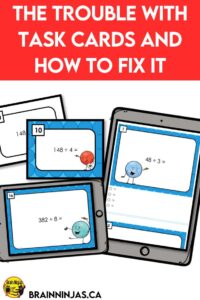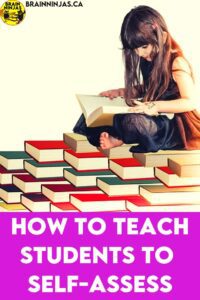
Do you need some convincing about how you can effectively use task cards in the classroom? Do you like the idea of task cards but don’t have the time to make them? All that printing, laminating and cutting can look like it’s not worth your time. Well, we have some solutions to get the most out of task cards for your students in the least amount of time for you. Keep on reading to find out how we use them and why we think they’re so valuable.
[Read more…] about The Trouble With Task Cards and How to Fix It











